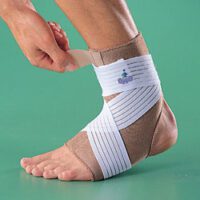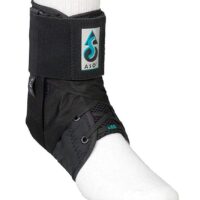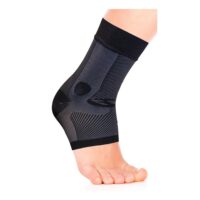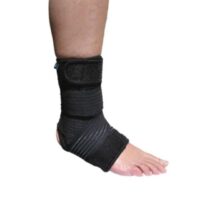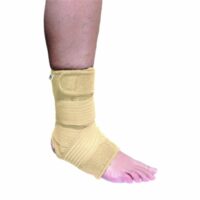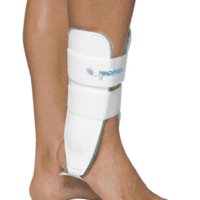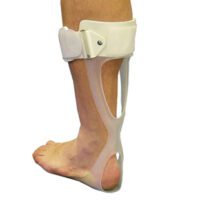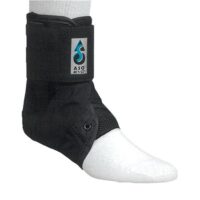When Should You Worry About Foot and Ankle Pain?
Foot and ankle pain can arise from various causes, ranging from minor sprains to more severe issues like fractures or ligament damage. Knowing when to seek medical attention is crucial for a quicker recovery and avoiding long-term complications. This FAQ will help guide you through the common causes of foot and ankle pain, treatment options, and when to consult a physiotherapist.

Why does foot or ankle pain happen?
Foot and ankle pain can occur for many reasons, such as injury, overuse, or underlying conditions like arthritis. It’s important to consider the onset and intensity of pain to understand its cause. Traumatic events like sprains or fractures can be sudden, while stress fractures or ligament damage might develop over time. These conditions often require professional assessment to determine the best course of action.
Related Articles:
How can you treat foot or ankle pain?
Treatment for foot or ankle pain depends on the underlying cause. Physiotherapy is often recommended for both acute and chronic conditions. In cases of fractures or severe ligament damage, surgery may be required, followed by rehabilitation. A combination of rest, manual therapy, exercises, and sometimes braces or orthotics can aid recovery and improve function.
Related Articles:
What are the warning signs that require urgent attention?
Some foot or ankle injuries need immediate medical care. Traumatic injuries causing inability to bear weight, severe swelling, or deformities should be examined by a doctor or physiotherapist. Conditions like stress fractures can progress if untreated, leading to long-term complications. An X-ray or MRI might be necessary to determine the extent of injury.
Related Articles:
When to Get an Ankle X-ray?
The Ottawa Ankle Rules determine the need for X-rays in acute ankle or foot injuries.
Ankle X-ray is only required if:
- There is any pain in the malleolar zone; and, any one of the following:
- Bone tenderness along the distal 6 cm of the posterior edge of the tibia or tip of the medial malleolus, or
- Bone tenderness along the distal 6 cm of the posterior border of the fibula or end of the lateral malleolus, or
- An inability to bear weight immediately and in the emergency department for four steps.
Foot X-ray is indicated if:
There is any pain in the midfoot zone; and, any one of the following:
- Bone tenderness at the base of the fifth metatarsal (for foot injuries), or
- Bone tenderness at the navicular bone (for foot injuries), or
- An inability to bear weight immediately and in the emergency department for four steps.
Who should you see for foot or ankle pain?
A physiotherapist or doctor can assess and treat most foot and ankle injuries, helping you return to daily activities or sports. In more complex cases, collaboration with an orthopaedic surgeon may be required. Early intervention can make a significant difference in the recovery timeline.
When should you worry about foot or ankle pain?
If your foot or ankle pain persists for more than a week, or worsens with activity, it’s time to consult a professional. Ignoring symptoms can lead to further injury or chronic pain. Stress fractures, ligament tears, and other conditions need timely intervention to avoid complications like arthritis or joint deformity.
What to Do Next?
If you’re experiencing persistent or worsening foot or ankle pain, don’t wait. Early assessment by a physiotherapist can make a significant difference in your recovery and prevent long-term complications. Book an appointment with PhysioWorks today for a tailored treatment plan that suits your needs. Our team will guide you through the right course of action, whether it’s physiotherapy, rehabilitation exercises, or referring you for further tests. Don’t let foot or ankle pain hold you back—get the help you need now.





